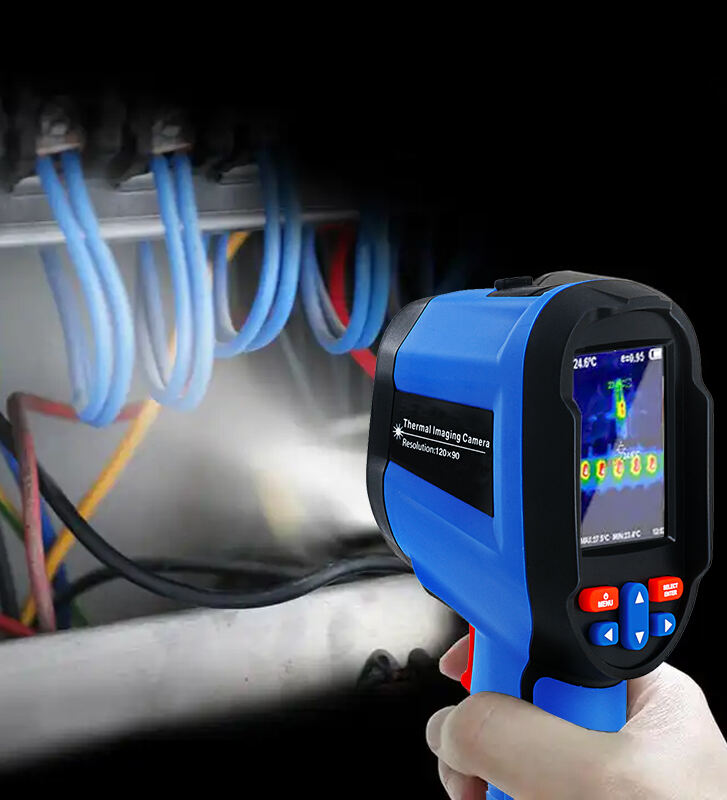Building inspections have been made easier because of the contributions of thermal imaging cameras that offer features which were previously not available. Inspectors are able to find issues that usually go unnoticed, problems built with moisture, improper insulation, and even the insulation of fractures inside electric towers and cables. In this article, we will discuss the multiple advantages that thermal cameras offer compared to convention methods along with the guarantee of maintaining buildings.
With the advent of new technology, people have been offered additional advantages and benefits such savings in time, resource expenditures, and even the impacts of construction work on the occupants in the building. The use of these devices has the potential to offer solutions to citizens throughout the world. The devices offer improved methods to ensure security of the entire building, making it necessary to utilize for nowadays examination.
Another major advantage of using thermal imaging technology is its impact on energy efficiency. Thermal imaging cameras can assist both homeowners and businesses with determining what areas need more insulation by showing areas through which heat is escaping. In addition to significant savings, the customer will also reap reduced utility costs. Furthermore, resolving insulation problems helps enhance comfort within the building as well.
Apart from these, thermal imaging cameras also assist in identifying moisture related issues. If water is not properly dealt with, it can cause mold development as well as damage to the overall structure. With the help of thermal imaging, inspectors can find hidden leaks or moisture areas that would have otherwise been missed. This not only helps the property owner decrease additional expenses, but also enhances the overall safety of people living in the infrastructure.
Regarding discovering electrical problems, thermal imaging cameras capture them in their entirety and integrate moisture detection. Lighting up improperly cooled electrical parts with a thermal camera can reveal easily overlooked potential failure hot spots. Receivers with integrated thermal cameras can monitor failure prone areas and automatically flag overheating spots for further manual troubleshooting to be done, enabling better accuracy in preset failure avoidance programming. Thermal imaging greatly enhances the ability of managers to monitor systems for faults, detect faults at their earliest operation levels, and avert fire hazards.
Various advances in thermal imaging technology will undoubtedly widen its scope on building inspections. The application of AI with deep learning will optimally improve precision in analysis, and as a result, the efficiency in the whole inspection will drastically increase. Also, the growing importance of sustainable and energy-efficient practices will steer demand for thermal imaging on building inspections. As thermal cameras evolve to become more affordable, and as property owners become more sensitive to the weight of energy inefficiencies and moisture issues, the role of thermal imagers in examining buildings will systematically increase.
To conclude, the advantages offered by thermal imaging cameras while performing building inspections, including the non-intrusive evaluations, energy efficiency, and overall safety of the dwelling structure is formidable. As new innovations appear on the market, the value of such equipment for buildings will continue to rise. Looking from the angle of property owners and managers, undertaking thermal imaging inspections is a decisive measure that protects their assets and facilitates a safe and pleasant atmosphere for the users.

